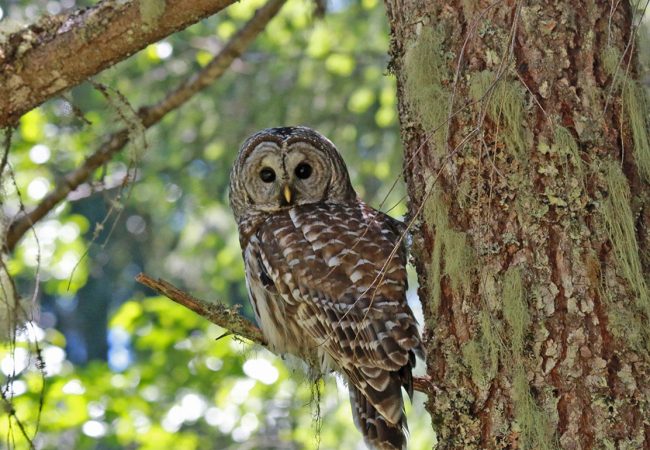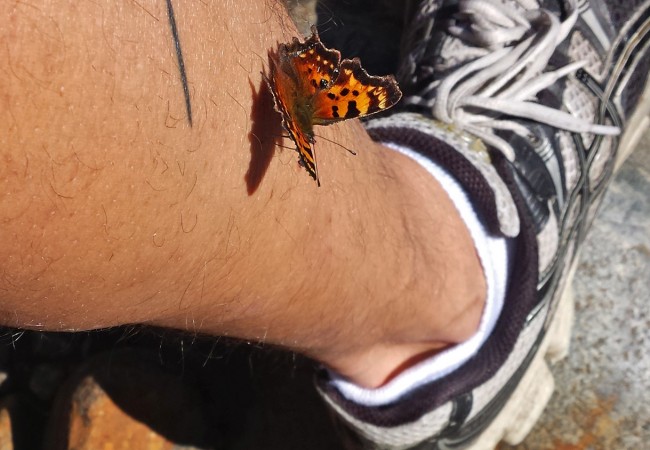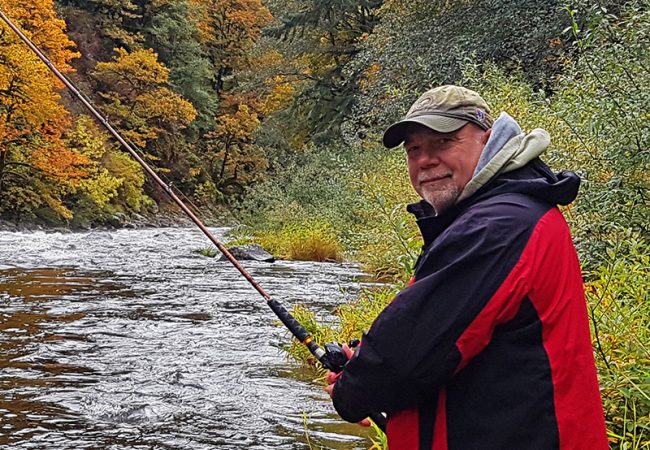Owl sightings are about as rare as our birthdays. Probably…
Hope for Seymour River Salmon and Steelhead
Looks like there is hope for salmon and steelhead blocked by the Seymour River rock slide.
The December 2014 rock slide kept the Seymour River’s migrating salmon and steelhead from moving up or downstream. A number of organizations stepped up quickly to find both short and long-term solutions to the problem. Key to this effort has been the Seymour Salmonid Society, a volunteer group that for nearly 30 years has helped ensure the health of the river’s anadromous fish.
Shortly after the slide occurred, the society developed a strategy to tag both adult and juvenile fish to see if any were getting past the pile of rocks. By the end of 2015, it was clear that both upstream and downstream-bound fish were blocked.
Next was to find a way to help fish temporarily bypass the slide and get to their destinations. The group set up nets near the river mouth to capture adult fish, then trucked the fish in tanks upstream to the hatchery for spawning. This method proved effective for pink salmon, but coho and steelhead proved less easy to catch. Tangle nets and angling are currently being used to capture fish out of the lower river with good success. Enough fish were caught that excess adults were released into the river to spawn naturally.
The best solution, of course, is to remove the barrier. Northwest Hydraulic Consultants and BGC Engineering, both of Vancouver, conducted a feasibility study for slide mitigation. Exploring a number of options, they recommended the use of non-explosive methods to create a passageway for fish to get through the slide. This method would be the safest and least disruptive to the surrounding ecosystem. Completion would require between two and five years.
Clearing a passage through the slide will require a lot money. Some will come from government sources. The balance must come from private organizations such as the Seymour Salmonid Society. The group is accepting donations on its website here.



